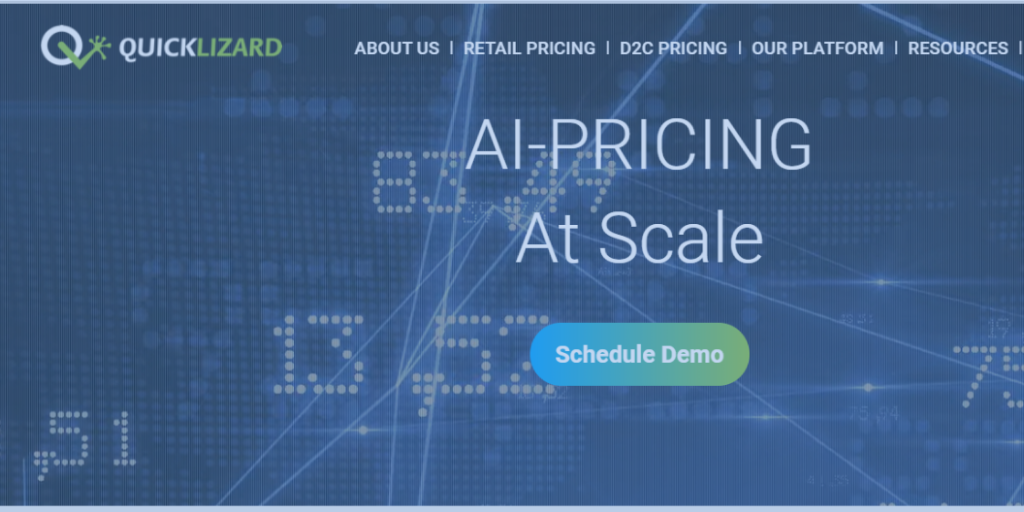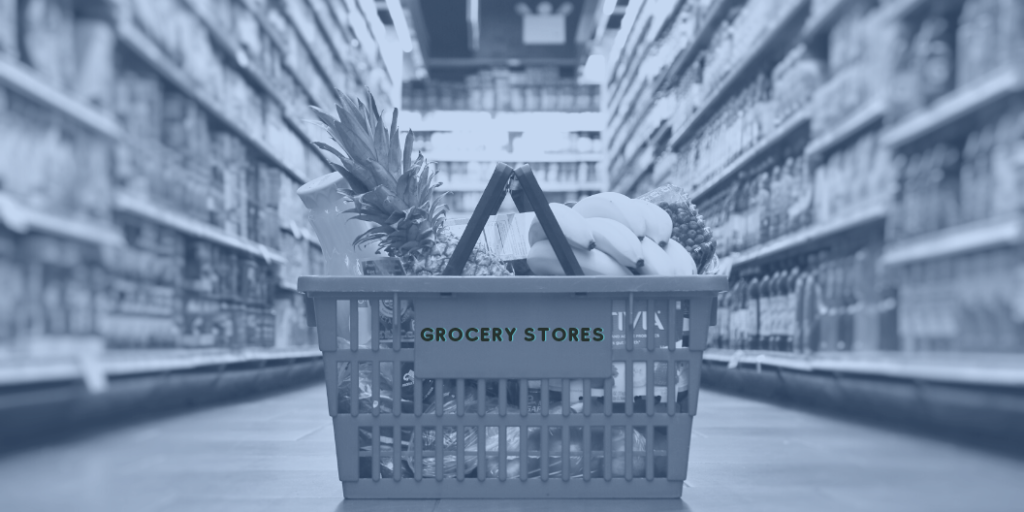Retail was changing. Amazon seemed to change its prices every day, and retailers needed a tool to keep up and stay competitive. Quicklizard made a strategic decision to focus on the decision-making area of pricing by developing a platform that combined AI judgments with rules. The platform, which delivers billions of pricing recommendations every day, became the heart of Quicklizard.
At the same time, pricing optimization was exploding in the market. Once exclusively part of the travel industry, pricing optimization was suddenly everywhere. Ride-share companies started charging surge prices for peak times, sports teams increased prices for important games, and highways changed toll road pricing based on traffic. While consumers didn’t always like paying premium prices, they did appreciate the way increased prices helped balance supply with demand.
Quicklizard continued to build its brand, working with retailers of all types, throughout North America and Europe. The company’s clients typically were online ecommerce retailers with large, varied product catalogues with a lot of items that needed to be priced.
Technology was evolving, and electronic shelf labels (ESL) made their way into physical stores. ESLs, which enabled pricing managers to update prices for products on the shelf from a single location, became a gamechanger for pricing optimization. Rather than send out armies of shelf stackers to change prices on thousands of items throughout the store, pricing managers could easily update prices on the shelf and in the POS with just the click of a mouse.
Quicklizard began to develop new use cases for physical stores. Grocery stores, for example, typically discard thousands of dollars worth of rotting and expired merchandise each week. ESLs combined with optimized pricing tools could be used to incentivize consumers, through discounts, to purchase products that were still safe to eat but nearing their sell-by date. Not only could the system display different prices for different cartons of milk, but the AI engine could precisely calculate the discount needed to move older products out of the stores.
Pricing optimization tools are also used to move older models of products before the new models reach the stores, sell seasonal merchandise at a profit without resorting to 80% off clearance sales, or practically giving merchandise away to discount stores.
The combination of ESLs with Quicklizard’s pricing optimization platform created something we call Next Gen Pricing, and we’ve seen heavy adoption of the technique across Europe and in the United States.
Today, Quicklizard’s AI-pricing optimization platform helps multichannel retailers automate and optimize their pricing and promotions. Our retailers know that their prices are always aligned with their business goals, and they have the right price for every SKU, regardless of channel.
Over the coming years, we expect to see an increased reliance on optimized pricing. Historically, retailers who deploy our system see an increase in revenue of about 30% while profits rise by 11%. Those numbers are a beacon of light for retailers who find themselves fighting to stay relevant and maintain their customer base.
We’ve come a long way since we launched Quicklizard. Now that we’ve gone public, we can provide our customers with the confidence in our product and the transparency in our company. They know who we are, what we do, and how we add value to their offering. We’re excited about the future and looking forward to enabling retailers to expand their businesses in the years ahead.








